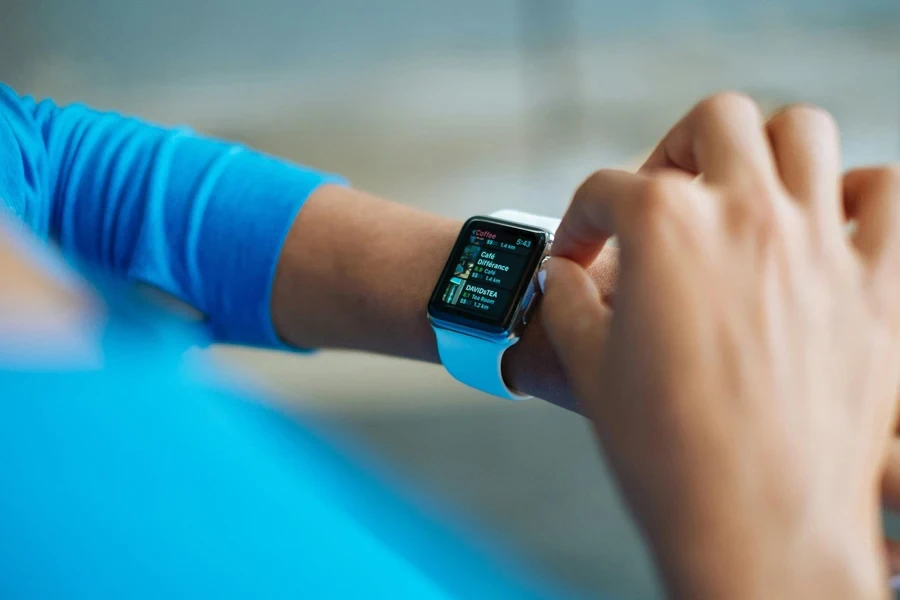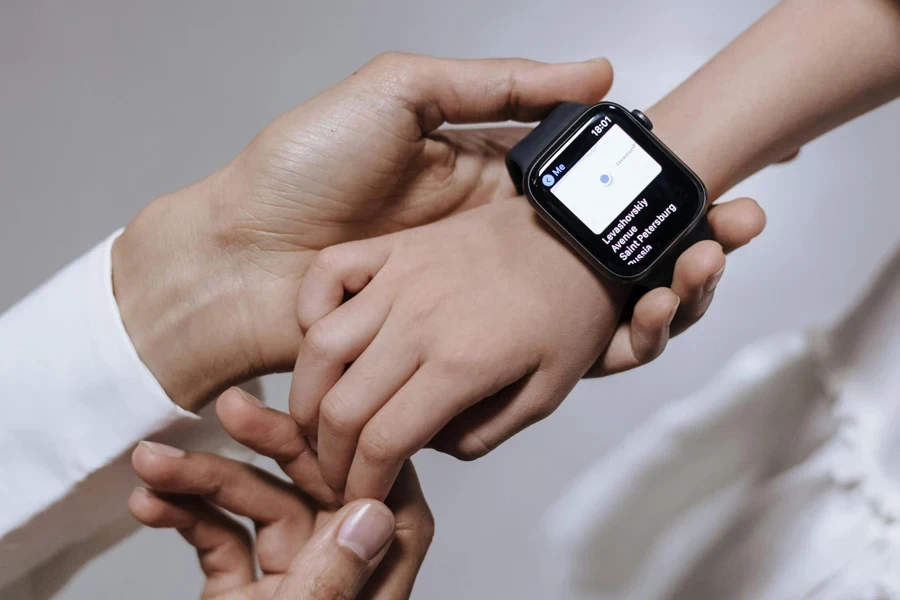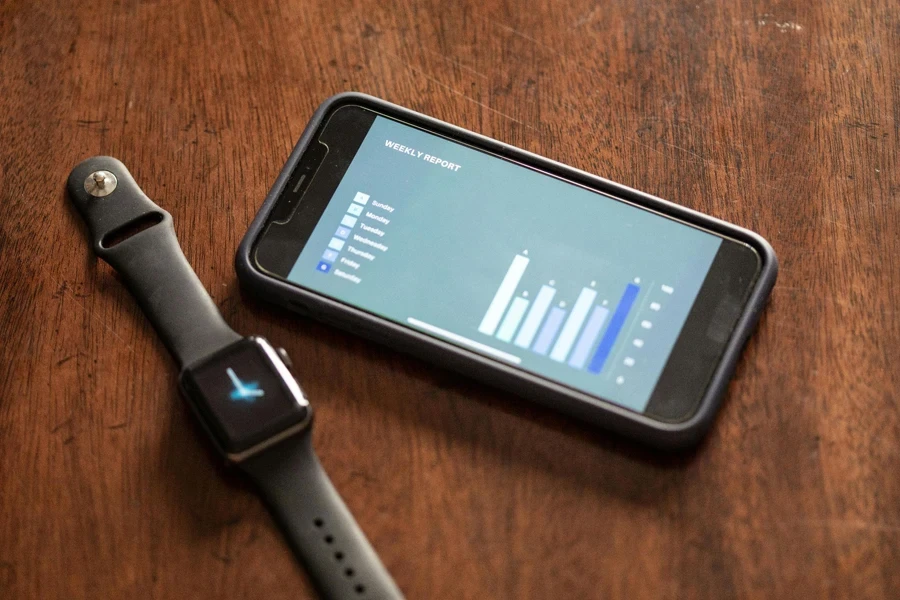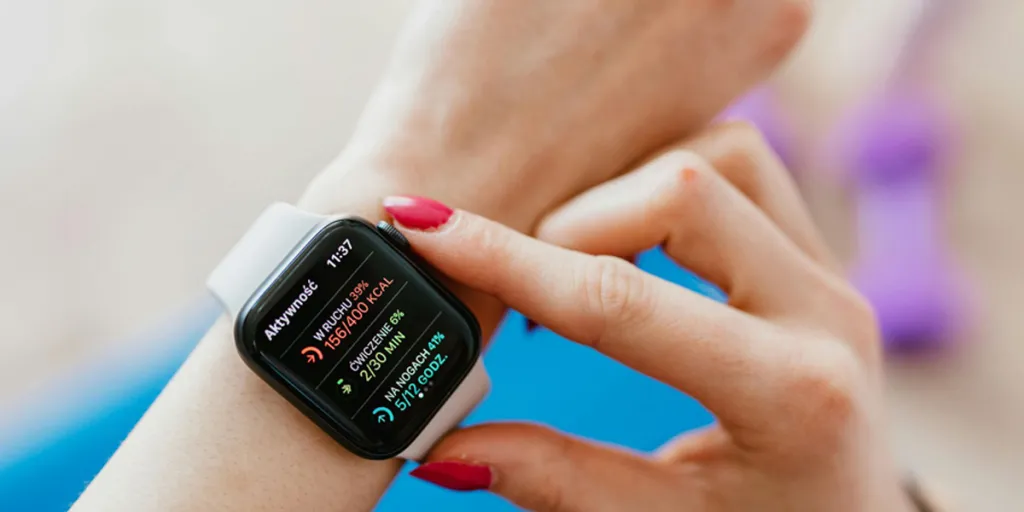Blood pressure watches offer a discreet and hassle-free way to monitor blood pressure readings throughout the day. High blood pressure, or hypertension, is a high-risk disease affecting more than one billion people globally.
It accounts for about half of heart attacks and stroke-related deaths, and that’s another reason why you should monitor your blood pressure at regular intervals. Maintaining healthy blood pressure levels is pretty easy these days, thanks to advancements in wearable technology.
This article compares the most reliable, science-backed blood pressure watches, the cutting-edge technologies that power them, and their accuracy ratings.
Table of Contents
Understanding how a blood pressure watch works
Features to look for in a blood pressure monitoring watch
Conclusion
Understanding how a blood pressure watch works

Digital blood pressure watches monitor blood pressure using pulse arrival time, also known as pulse transit time (PTT). In a nutshell, PTT refers to the time it takes for a pulse wave to travel between two points in your arteries. PTT fluctuates based on your real-time blood pressure.
For added accuracy, some watches have sensors that touch the skin on the underside of your wrist. These photoplethysmography (PPG) sensors use light to detect blood volume changes. They also analyze the shape and characteristics of your pulse wave, offering precise insights about your blood pressure levels.
A reliable blood pressure watch should have a user-friendly function for how to go about the initial calibration process. This involves taking a reading with a traditional arm cuff monitor and inputting that value into the watch. As a result, the first reading provides a baseline for the watch’s algorithms.
Combining the PTT, pulse wave data, and initial calibration values estimates your systolic and diastolic pressure, which is then displayed on the watch face or an accompanying app.
Are blood pressure monitor watches accurate?
Despite their continuous monitoring techniques and convenience, the accuracy of blood pressure wearables is still up for debate.
Factors like wrist position, motion artifacts, and temperature differences can sometimes impact accuracy. Many are designed to complement, not replace, standard cuff readings.
Precise placement is key—even a slight tilt can mess up your readings. Fidgeting and temperature differences between your wrist and arm can also cause wonky readings. What’s trickier is that some wrist monitors haven’t been as rigorously tested as traditional arm cuffs.
While they can provide a general idea of your blood pressure, they shouldn’t replace the gold standard. Think of them as monitors to complement but not substitute for your doctor’s trusted arm cuff. Most experts recommend using them together for a more complete picture.
Features to look for in a blood pressure monitoring watch

1. Display and user interface
A dependable blood pressure watch must have a clear, user-friendly interface. A large display of 1.7–1.9 inches (43–49 mm) is ideal for easily navigating the measurements and settings. A waterproof display is a plus, allowing continuous wear during swimming, showering, or rainy days.
These wearables aren’t only used for measuring blood pressure, as they have features such as easy-to-use controls and wireless connectivity. A large, clear display with buttons guarantees the device’s usability and accurate readings; one-button operation and automatic Wi-Fi connection make it even easier.
Some features to consider are daily or weekly graphs and reports to monitor trends within a given period. Bluetooth enables you to transfer data to your phone and track it on the go, and Wi-Fi updates apps automatically when connected.
Choose a blood pressure monitoring watch with an app compatible with your smartphone’s operating system. Some monitors also come with extra features such as heart rate for more general health or even sleep and fitness tracking, thus giving a complete picture of your health status.
2. Data storage and syncing
Track your trends: Many blood pressure watches come with built-in memory, storing your readings along with the date, time, and sometimes even your pulse rate. This lets you see how your blood pressure changes over time. Lower-end models might hold just a few dozen readings, while higher-end ones can store hundreds.
Most watches sync with smartphone apps via Bluetooth for a more detailed reading. These apps turn your data into charts and trends, making it easier to spot patterns and share information with your doctor. Some even offer cloud storage, letting you access your readings from any device.
If you always want a hard copy, most watches also let you export your data as a CSV or PDF file to print reports or add them to your electronic medical records.
Remember, memory fills up eventually. Once full, new readings will overwrite the oldest ones unless you transfer the data. Some watches even let you set how long you want to store your readings. The more memory you have, the less often you’ll need to offload data.
Modern watches connect to a companion mobile app via Bluetooth to sync the stored data with the app, enabling long-term storage. Some models also feature a USB cable or wireless connection, allowing users to transfer their data to a desktop application or share it with healthcare providers.
3. Battery life

A good battery capacity for a blood pressure smartwatch typically ranges from 200 mAh to 500 mAh. With a 200 mAh or 300 mAh battery, the watch can last anywhere from 4 to 10 days on a single charge when taking occasional blood pressure readings (1–2 times daily).
Smart watches with a higher battery capacity are suitable for users who need to take more frequent readings, as they can last between 7 and 14 days on a single charge.
4. Additional features
Aside from measuring blood pressure, health monitoring smartwatches have desirable features like heart rate monitoring, activity tracking, sleep monitoring, and various sports modes. Some watches even have reminders for taking medicine and a one-click SOS button for emergencies.
A neat feature that some top-notch blood pressure watches offer is multi-language support. They are a real game-changer as they can be programmed into English, Chinese, French, Arabic, Spanish, Greek, Hindi, and other local languages.
Some of the fancier models have built-in cameras that let you video chat with your doctor or loved ones right from your wrist, AI voice commands, and tiny speakers to enjoy your playlist on the go.
5. Compatibility
Compatibility is an important consideration when buying a blood pressure monitoring watch. For starters, most blood pressure watches sync up with smartphones—both Androids and iPhones.
Therefore, you can easily view and track your readings on your phone instead of having to squint at that tiny watch screen. The watch typically connects via Bluetooth to dedicated mobile apps from the manufacturer.
Manufacturers clearly list the compatibility information on the product packaging. For instance, the smartwatch may be compatible with iOS 8.0 or Android 4.4 and above. This conveys that the watch will sync and work without issues with most iOS and Android devices released after 2014.
Conclusion
Science-backed blood pressure watches are an attractive option for individuals looking to monitor their blood pressure regularly. As technology evolves, we’ll likely see advancements in wearable blood pressure monitoring, potentially leading to even more accurate devices.
However, these watches must be used with regular check-ups and professional medical advice rather than as a substitute for professional care.




